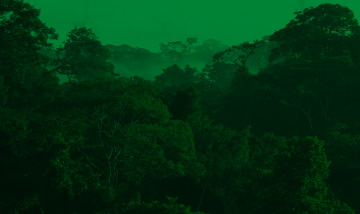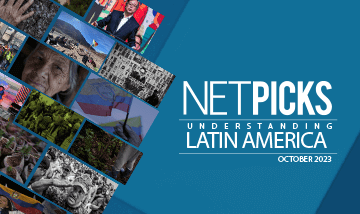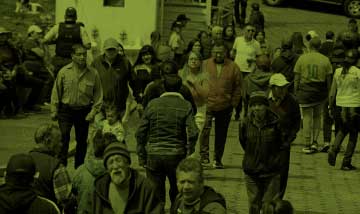Índice
Tuesday, May 9, 2023, marked a critical moment in Ecuador’s fight for participation rights and nature conservation. A decade-long wait concluded as the Constitutional Court authorized a national referendum to preserve the ITT (Ishpingo Tambococha Tiputini) block oil reserves, amounting to 846 million barrels, indefinitely underground. These reserves are situated within the Yasuni National Park in the Ecuadorian Amazon.
The referendum will coincide with the early elections on August 20, 2023, prompted by the dissolution of the National Assembly. The YASunidos collective, an alliance of environmentalists, animal rights activists, indigenous people, feminists, and GLTBQ activists, has faced numerous legal impediments, fraudulent actions, and political pressure from Ecuador’s Government over the decade between 2013 and 2023. In this context, it is pertinent to reflect upon the history and struggles of the YASunidos collective in their pursuit to protect Yasuni.
Why Leave Oil Underground?
The concept of leaving oil underground, or preserving Yasuni, has roots in the 1990s with the “Amazon for Life” campaign led by Acción Ecológica, an environmental NGO dedicated over 40 years to defending nature rights in the Ecuadorian Amazon. The proposal was envisioned as a strategy to protect an almost untouched segment of the jungle, home to the secluded Tagaeri and Taromenane communities, from the encroachment of oil companies.
Alexandra Almeida, an activist, and researcher for Acción Ecológica, often capped off the “toxic tours” in Sucumbíos, in the northern Amazon, with a powerful statement: “This is cutting-edge technology, more like cutting-broomstick-tip technology to me. That’s how they deal with oil spills in the Amazon. There is Texaco’s legacy, which left more than 300 pools like this.” She highlighted the simple makeshift solutions, like a pipe plugged with a stick, employed to manage oil spills in the region. These “toxic tours” showcasing the crude oil wells operated by Texaco and their open-air “environmental remediation” pools, were integral to Acción Ecológica’s community, journalist, and anti-oil activist training programs.
As a journalist, I recorded this “toxic tour” episode in 1999. It was my first exposure to the dire consequences of oil exploitation in the Ecuadorian Amazon. The scene was heartbreaking: an oil-filled pool emitting noxious, gasoline-like fumes with a glossy black surface resembling a vast tar pit. Worse still was the proximity of a wooden house, home to a family of settlers, including a cancer patient, who had no alternative but to live next to this toxic pool.
Almeida used to conclude her tour by showing data on the impact of oil exploitation and updates on the Ninth Oil Round of Ecuador (a 1999 initiative where oil blocks were handed over to companies for exploitation). She highlighted the ITT block and the proposal to keep its crude oil underground as one of the last untouched areas. The strategy, initially termed an “oil moratorium,” later evolved into the “Yasuni-ITT Initiative,” which has been rekindled with the recent call for a referendum.
This narrative traces the early days of the “Yasuni-ITT Initiative” and how the message of the oil moratorium resonated with indigenous Amazonians and rural settlers. Carolina Valladares, a former researcher for Acción Ecológica, recalls that the proposal to leave the oil underground came about after documenting the negative impacts of oil extraction on people and nature during the “Amazon for Life” campaign. Acción Ecológica and 15 other organizations formed Oilwatch2, a civil society observatory tasked with overseeing oil activities in various countries. They observed a double standard in the practices of oil companies, which were not adhering to the same protocols in the south as they did in their home countries in the north. Therefore, Oilwatch introduced the moratorium proposal, shaping the plan to keep the oil underground.
In June 2007, the Ecuadorian Government officially endorsed the proposal to retain crude oil in the subsoil, thanks to the efforts of the then Minister of Energy and Mines, Alberto Acosta.
1 With a specialized focus on environmental issues and over two decades of professional experience, this journalist has cultivated a distinguished career spanning both public and private sectors. His work has been recognized in environmental journals across multiple countries, including Brazil, Bolivia, Peru, and the United States. Currently, he holds the position of Editor at Bitácora Ambiental website.
2 Oilwatch was established in Quito, Ecuador, in February 1996. Comprising 15 organizations from Nigeria, South Africa, Cameroon, Gabon, Thailand, Sri Lanka, East Timor, Mexico, Guatemala, Peru, Colombia, and Brazil, the body was effectively the Global South keeping vigilant watch over the northern oil companies.





